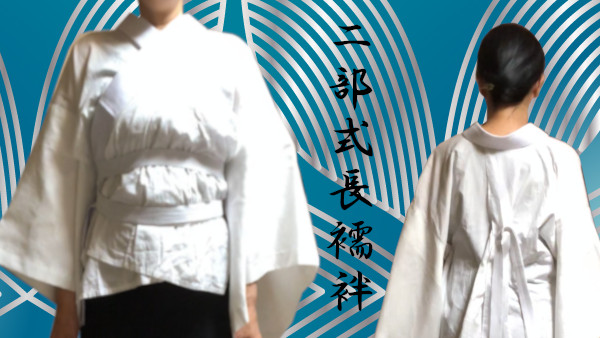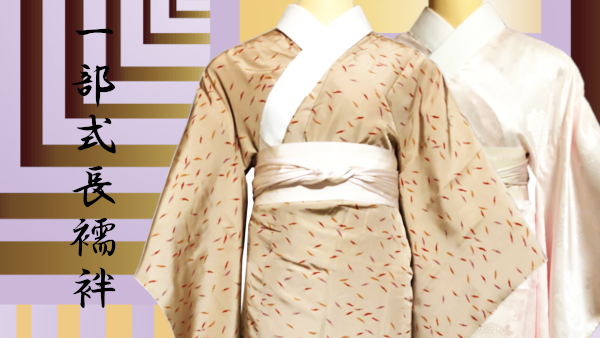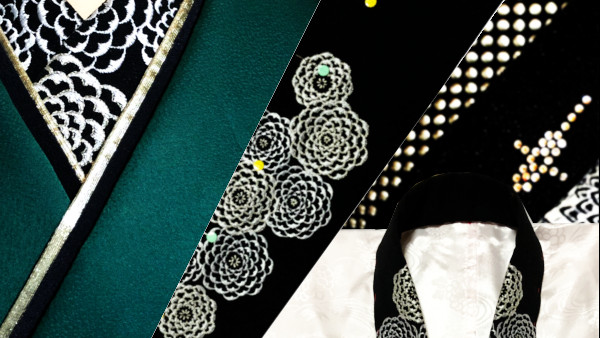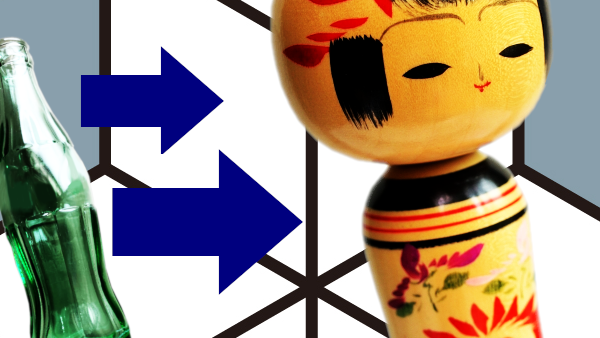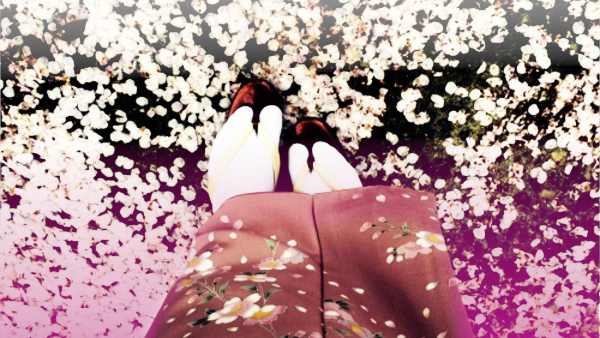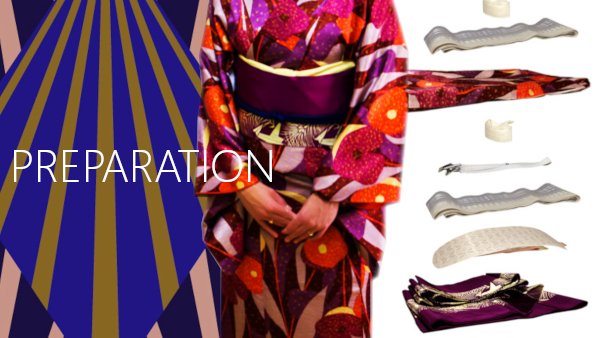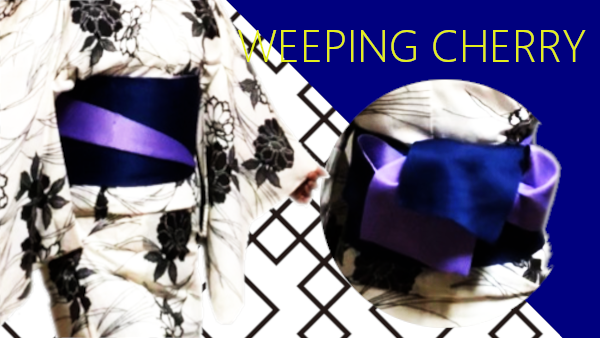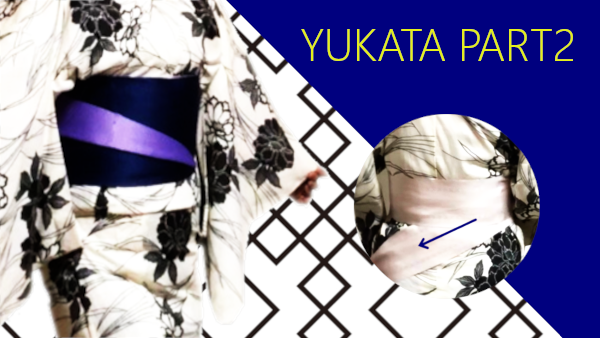How to put on nibushikinagajuban : two pieces
The more I got used to kimono, the more I wanted to try another juban that suits my lifestyle. There are two types of juban, a long one and separated one. My favorite is the two-piece nagajuban. In Japanese, it is called nibushikinagajuban. Nibushiki means two pieces. …
